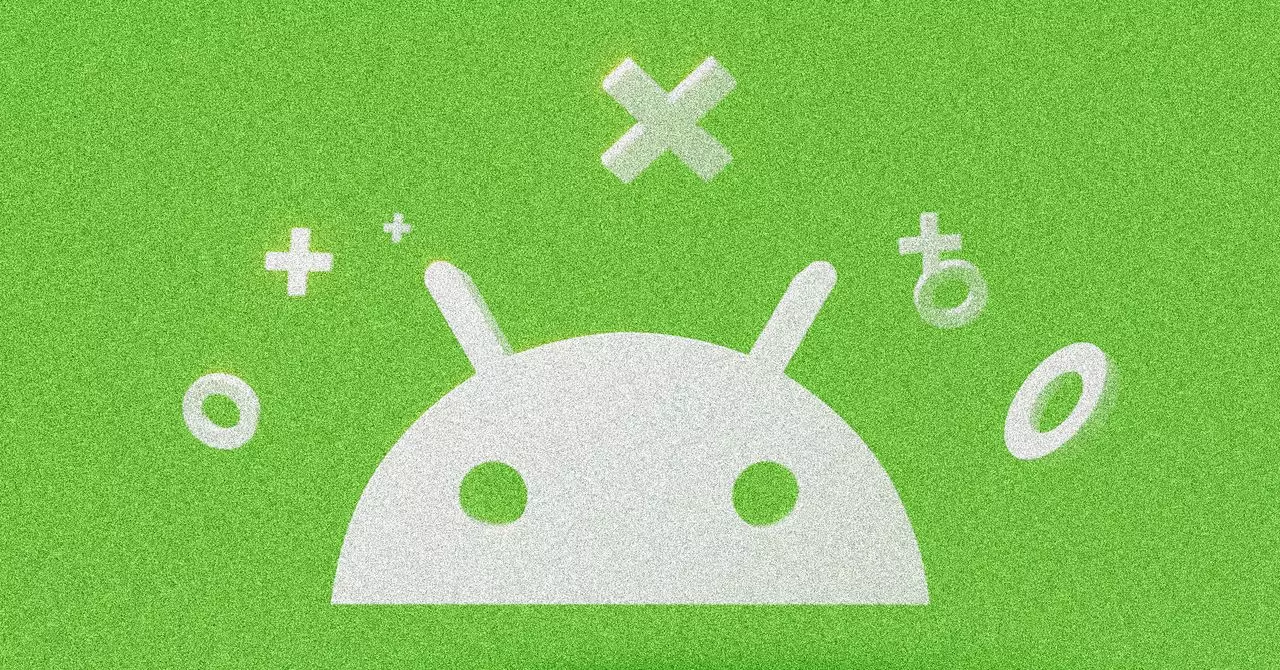As the tech world eagerly awaits Google I/O on May 20, excitement is generating around the unveiling of Android 16. This year, Google has opted for a strategic approach, offering a sneak peek into some of the most innovative features the new operating system will showcase. During a recent virtual event known as The Android Show, Google revealed its ambition to revamp the Android experience, commencing with a sleek design overhaul that aims to resonate with users on a personal level. With insights derived from extensive research, Google is on the brink of a transformative update that highlights individuality and user engagement.
Material 3 Expressive: A Visually Dynamic Refresh
A significant element of the forthcoming update is the introduction of Material 3 Expressive, a design language that seeks to create a more vibrant and engaging atmosphere. Google has not merely upgraded its visual framework but aims for a deeper connection with users through modern aesthetics and responsive animations. Unlike previous iterations, Material 3 Expressive is characterized by intensive developmental research, corroborated by findings from over 18,000 participants across 46 studies. This dedication proposes that the design should avoid being just visually pleasing; it must also be emotionally resonant, evoking feelings of playfulness and creativity.
Google’s heavy emphasis on personalization is particularly telling, especially considering the competitive landscape where iPhone dominance among teenagers has seemingly solidified. Material 3 Expressive isn’t just about apparent beauty; it encourages users to interact and switch to Android products that incorporate this design language, potentially swaying Apple loyalists to reconsider their choices. The implications are clear: a captivating design could be a decisive factor in attracting users who previously felt alienated from the Android ecosystem.
Enhanced Interaction Through Refined Animation
A standout feature of Android 16 is the robust enhancement of interaction and animations to create a more fluid user experience. Actions as simple as swiping away a notification are set to become more than mundane tasks—they’ll morph into delightful interactions bolstered by springy haptic feedback. Additionally, users will notice a synchronized response from the surrounding notifications, further engaging them in the multitasking experience.
These thoughtful design changes extend beyond mere eye candy. Users now have access to subtle animations that find their way into common tasks—dismissing apps in the Recents menu, adjusting volume using an adaptive slider, or even lowering the quick settings shade, will all be marked by this sense of refinement. By incorporating blur effects over the home screen during these transitions, Android 16 places a higher premium on the fluidity and aesthetic quality of everyday interactions.
The Personalization Revolution: Fonts, Colors, and Settings
The update also promises an evolutionary shift in typography and color themes, enhancing the overarching theme of personalization. Users can expect expansive choices that empower them to tailor their Android experience authentically. Dynamic color themes will enable more substantial customization, allowing snapshots of individuality to shine through in supported applications. This not only enhances visual appeal but also creates an emotional connection, as users interact with an operating system that feels like an extension of their preferences and taste.
Moreover, functional improvements are also evident, as Google aims to make the interface more efficient. The update will introduce more accessible options in the Quick Settings drawer, allowing users to seamlessly activate essential tools like the flashlight or Do Not Disturb mode. This feature caters to the fast-paced lifestyles of today’s users, letting them maintain control even when their devices are in standby.
A Call to Embrace Change
Android 16 symbolizes more than just a technical upgrade; it represents a crucial step in aligning Google’s vision with its users’ evolving expectations. By signaling its intent to prioritize personalized experiences, Google not only addresses the imminent challenge posed by competitors but also showcases a renewed commitment to building a dynamic and inclusive digital environment. The tech world watches with bated breath as Google prepares for this groundbreaking release, and the stage is set for a profound transformation in how users will engage with their devices.


Leave a Reply